Ashtavakrasana
3 Variations to Access This Arm Balance
eight angle pose
ASHTAVAKRASANA
There always seems to be a sense of mystery attached to Ashtavakrasana (8-Angle Pose). How is it possible to balance in what appears to be such a complicated position for the body? Comforting to know is that once you break everything down and place technique at the core of your focus, Ashtavakrasana becomes a lot less complex. Whatever variation you are attempting, technique will always be the key to unlocking access to this and any other arm balance. In intricate detail as always, Matt breaks down 3 variations in today’s video. Moreover, he offers the benefit of increasing your anatomical knowledge via the technique within this posture. If you are armed with both technique and anatomical knowledge, Ashtravakrasana loses its mystique and becomes an arm balance you can approach with clarity.
FLOW & FLY
MAY 2023 Immersion
- 12 Vinyasa-style practices
- Increase your cardiovascular activity
- Foundational and advanced arm balance techniques
- Improve balance and proprioception
- Accessible modifications and sequences
- Appropriate variations for your level of practice
- Improve wrist, core, and shoulder strength
- ALL LEVELS APPROPRIATE
$148.00
ANATOMY BREAKDOWN
In the full class, Matt explains that the adductor muscles (pectineus; gracilis; and the adductors brevis, longus, and magnus) are extremely helpful in assisting with taking flight in arm balance postures. This is particularly true for Ashtavakrasana when it comes to “clamping” the legs on the arm. The abductor muscles (gluteus maximus, medius, and minimus) are also part of the equation, and the internal rotators of the hip belong to the abductor group: The TFL muscle and the pectineus, along with the front fibers of the gluteus medius and minimus, work together to create internal rotation. Why is this important? Knowing the location of these muscles enhances your awareness and understanding of your own body. When activating these muscle groups to execute the posture, you will better decipher which areas require more strengthening for stability and balance in the posture.
WATCH THE VIDEO
ASHTAVAKRASANA: 3 VARIATONS TO ACCESS THIS ARM BALANCE
VARIATION 1
First, let’s have a look at the steps in variation 1 of Ashtavakrasana:
Step 1: From a seated position, bring one leg over your arm as much as possible.
Step 2: Cross the bottom foot over the top of the ankle of the first leg.
Step 3: Lean forward and pull your hips back to get you off of the ground.
Matt provides the option to stay here, but he also suggests layering on the action of internally rotating the top leg. In this case, the bottom leg stays on the ground instead of crossing at the ankle, while you lean way forward on wide hands and internally rotate the top leg. You can also add props. By sitting up on a bolster, for example, you can take balance out of the equation and home in on the sensation of the internal rotation of the top leg.
200 HOUR ONLINE TEACHER TRAINING
GET CERTIFIED & DEEPEN YOUR YOGA PRACTICE
- Deepen your yoga practice
- Build confidence speaking in front of groups in person and online
- Learn foundational class structures and templates
- Learn techniques for a wide range of yoga postures
- Get certified and highly qualified to teach yoga
- Yoga Alliance Globally Recognized Certification Program
VARIATIONS 2 & 3
In the second and third variations, the importance of the internal rotation of the top leg is revealed. All of the steps from variation 1 are implemented, including the cross at the ankle, in variation 2. What you’ll see in the video is a clear distinction between what happens to the hips when the top leg is internally rotated versus when it is not. When you turn it in (internally rotate), the hips go up, as opposed to externally rotating the hip and the hips going down. Once the internal rotators are activated, you can’t help but tap into the activation of the adductor and abductor groups. Now, the third variation is really going to expose where strength needs to be improved. There is no crossing at the legs here; instead, you’re fastening your ankles side by side. As a result, your adductors are put to the test.
300 HOUR ONLINE TEACHER TRAINING
GET 500 HOUR CERTIFIED AS A MASTER TEACHER
Master your skill set as a teacher through refined techniques, anatomy, biomechanics, sequencing, philosophy, meditation techniques, theming, yoga business, and much more!
- Get 500 hour certified
- Learn anatomy, biomechanics, asana techniques
- Expand your teaching skills
- Masterful sequencing and verbal delivery
- Learn meditation and breathwork techniques
- Transformative tools: theming, dharma talks, satsang
ACHIEVE MORE THAN AN ARM BALANCE
Beyond the awareness of the physical aspect of Ashtavakrasana are mental focus and confidence. Arm balance postures can be scary. It’s smart to prepare both your body and the environment—strengthening through drills specific to the posture, putting blankets or pillows in place to soften any falls—but it’s also important to go for it, to take the plunge so to speak. In the end, you’ll be left with more confidence in both physicality and character, which transcends the yoga mat. This confidence dismantles the mystery of Ashtavakrasana, or any arm balance for that matter. Approaching your yoga practice in this way means that you develop the knowledge that technique and effort fuel ability.
Matt’s next immersion, Flow & Fly, will guide you through playful yet intentional arm balance practices that will ultimately improve strength.
See you on the mat!
The 200 Hr. Teacher Training: Click Here to See the Next Start Date
The 300 Hr. Advanced Teacher Training: Click Here to See the Next Start Date
Article by Trish Curling
Video Extracted From: Anatomy of Arm Balances
BREATH OF FIRE
- Moderate Vinyasa-style classes
- Core strengthening & integration
- Master your breath with pranayama practices
- Access your core in arm balances, heart openers, twists, forward folds, inversions, and more
- Learn where and how to breathe in challenging postures
- Each class will include one pranayama (breathwork practice) and several core strengtheners
- Access your core muscles: deep, superficial, anterior, posterior, and lateral
- 12 Classes: All levels appropriate
- Lifetime unlimited access to all
- Attend the livestream OR practice the replays any time that’s convenient for you
$148.00
Continue Learning
Eka Pada Bakasana
Eka Pada BakasanaSINGLE LEG CROWEKA PADA BAKASANA Eka Pada Bakasana asks us to balance curiosity with patience. This one-legged crow variation isn’t just about lifting a leg, it’s about organizing pressure, timing, and trust in unfamiliar territory. The posture...
Eight Angle Pose
Eight Angle PoseASTAVAKRASANAEIGHT ANGLE POSE Sometimes we think arm balances are about getting higher, but Matt reframes Eight Angle pose as a mechanics workshop. This posture thrives when we test rotation, pelvic placement, and upper-body stability as interconnected...
Approachable Arm Balances
Approachable Arm BalancesPARSVA BAKASANAAPPROACHABLE ARM BALANCES Approachable arm balances aren’t about fearlessness; they’re about informed action. When we understand the mechanics behind the posture, we gain the power to shape our own outcomes. Rather than jumping...
Perfect Protraction For Crow Pose
Perfect Protraction For Crow PoseBAKASANAPERFECT PROTRACTION FOR CROW POSE When working toward perfect protraction for Crow Pose, it’s essential to understand the role of the serratus anterior, the “fingertip” muscles that wrap around the rib cage and attach to the...
Help For Hamstrings
Help For HamstringsFLEXIBILITYHELP FOR HAMSTRINGS “Yoga butt” or high hamstring tendonitis can be a literal pain where the sit bones meet the hamstrings and glutes. This area is prone to overuse injuries, especially when repetitive forward folds overstretch rather...
Pelvic Floor and Groin Support
Pelvic Floor & Groin SupportCOREPELVIC FLOOR AND GROIN SUPPORT Pelvic floor instability can quietly influence how we move and how safe we feel in our practice. Weakness or imbalance here may lead to groin strains, hip discomfort, or even low-back issues....
THE FREE TECHNIQUE PACK
When You Subscribe, You Will Get Instant Access to
- the Technique Pack: 15 yoga pose breakdowns
- exclusive online course discounts
- exclusive blogs and videos

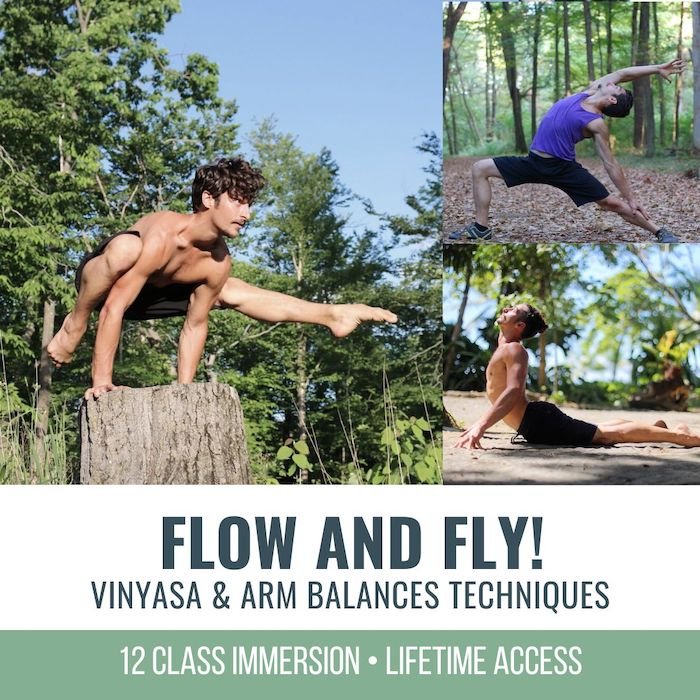


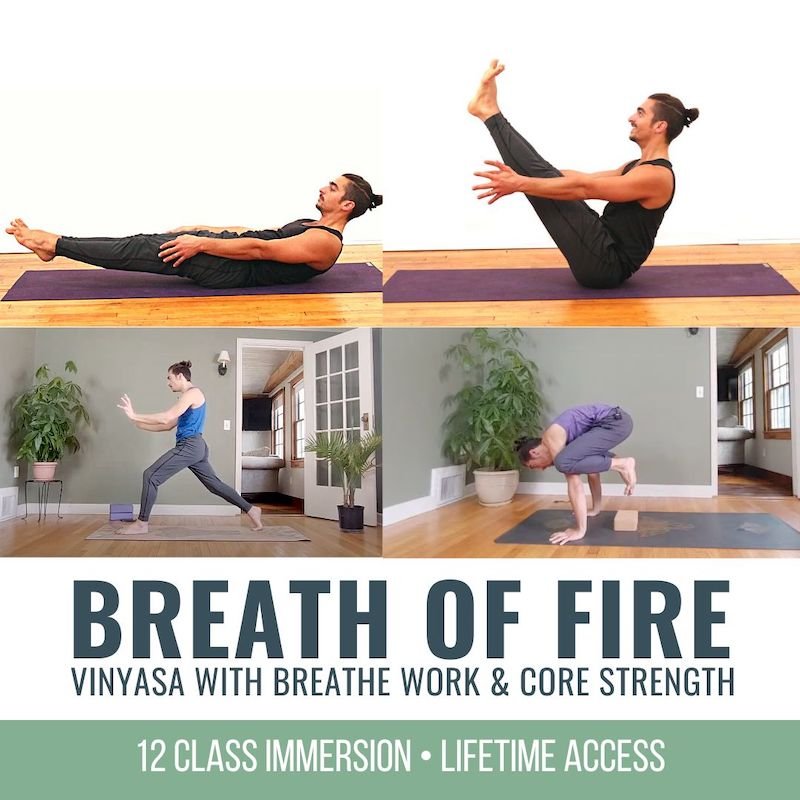
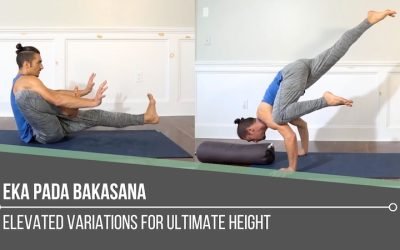
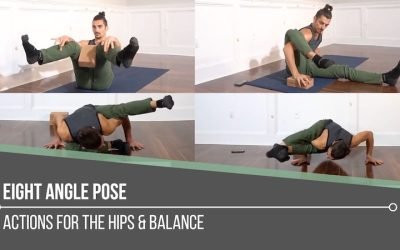
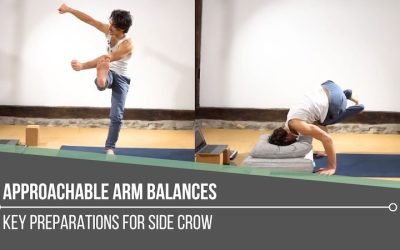
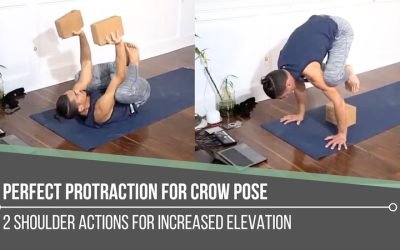
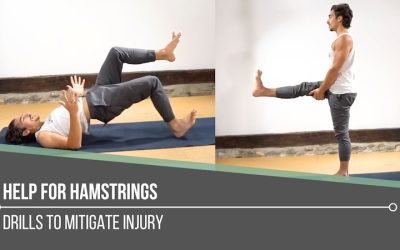
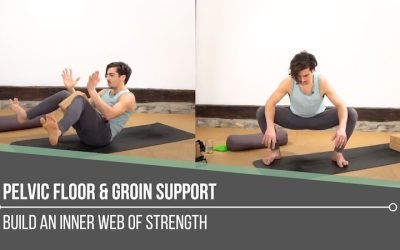


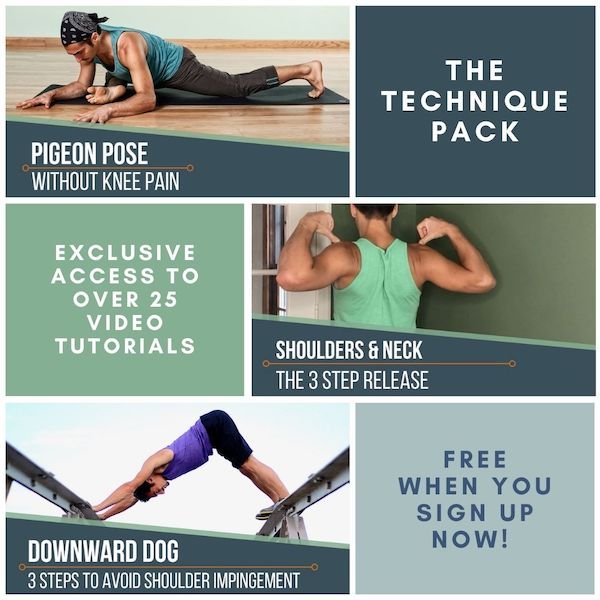
1 Comment
Trackbacks/Pingbacks